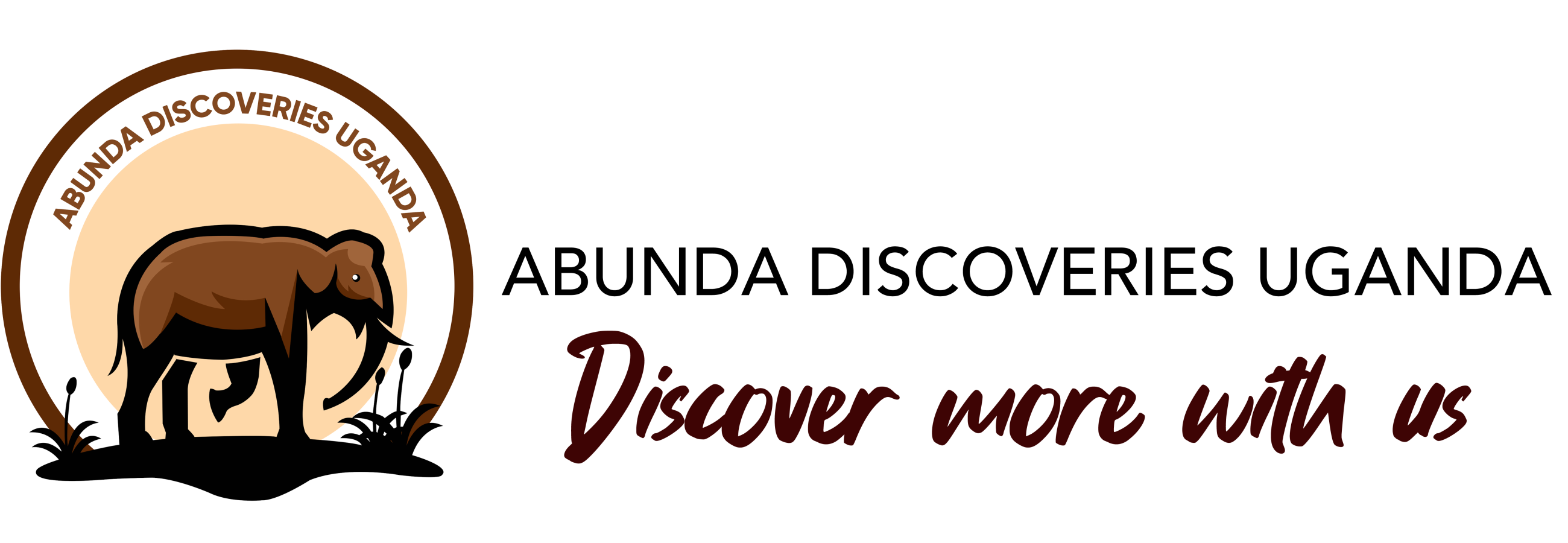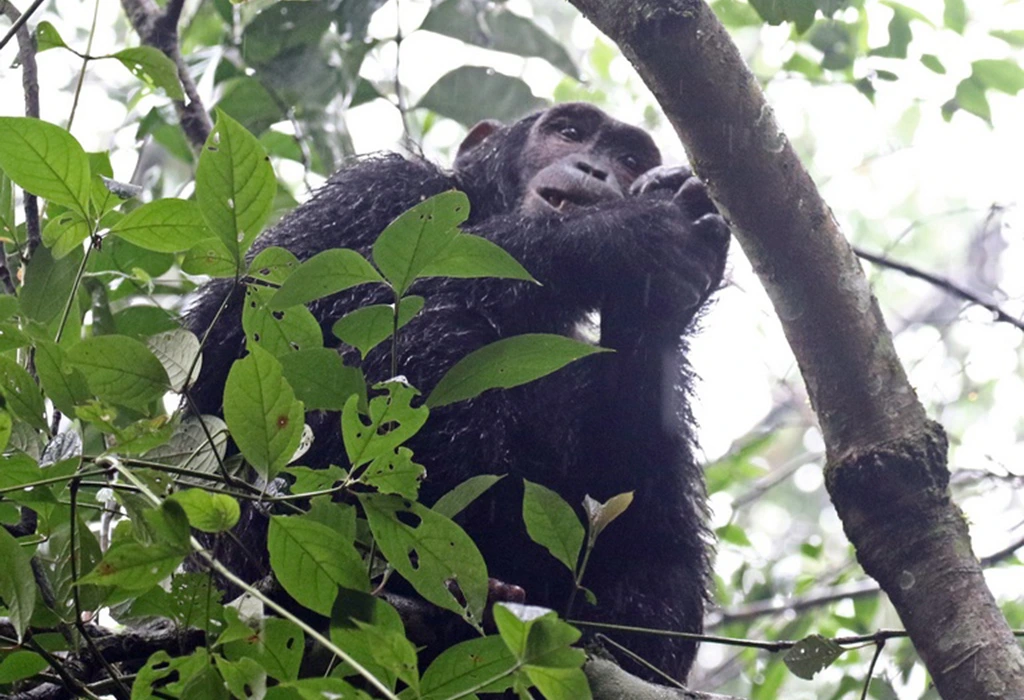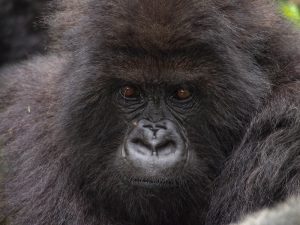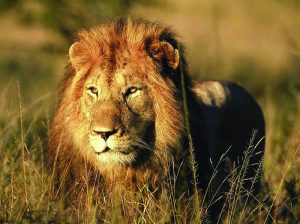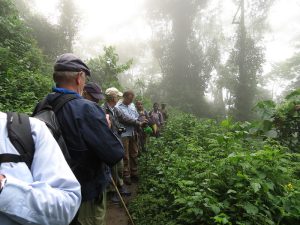Rwanda is widely known for its majestic mountain gorillas, but beyond the misty slopes of Volcanoes National Park lies another treasure hidden within the country’s ancient montane rainforests—chimpanzees. These intelligent and charismatic primates are one of humanity’s closest living relatives, sharing about 98.7% of our DNA. Observing them in the wild is an exhilarating and humbling experience, and Rwanda offers one of the best opportunities to do just that. Rwanda Chimpanzee Trekking Tour
If you’re planning a trip to Rwanda and are curious about exploring its forests in search of wild chimpanzees, this guide is for you. we’ll explore every aspect of chimpanzee trekking in Rwanda, including where to go, what to expect, how to prepare, costs, the best time to visit, and more.
What is Chimpanzee Trekking in Rwanda?
Chimpanzee trekking in Rwanda is a guided nature walk through the lush and densely vegetated forests, with the goal of locating and observing habituated groups of wild chimpanzees. These chimpanzees are accustomed to human presence, which means visitors can observe them at relatively close distances without causing them stress or disturbing their natural behavior.
Unlike gorilla trekking, chimpanzees are incredibly agile, vocal, and fast-moving. They swing high through the forest canopy, interact with each other with expressive gestures and sounds, and display a broad range of complex behaviors that are fascinating to watch. Rwanda Chimpanzee Trekking Tour
Where Can You Go Chimpanzee Trekking in Rwanda?
The only place to see chimpanzees in the wild in Rwanda is Nyungwe Forest National Park, one of the oldest rainforests in Africa. Located in the southwestern region of the country, Nyungwe is a vast biodiversity hotspot and home to over 500 species of chimpanzees, as well as colobus monkeys, L’Hoest’s monkeys, grey-cheeked mangabeys, and more than 300 bird species.
Chimpanzee trekking in Nyungwe usually starts from three main reception centers: Uwinka, Kitabi, and Gisakura. From here, guests are guided into the dense forest early in the morning to track one of the habituated chimpanzee groups.
How Much Does Chimpanzee Trekking Cost in Rwanda?
As of 2025, the cost of a chimpanzee trekking permit in Rwanda is $150 USD per person. This fee includes entrance to Nyungwe National Park, the services of professional guides and rangers, and a one-hour interaction with the chimpanzees once they are located.
While this is considerably cheaper than gorilla trekking (which costs $1,500), the experience is no less magical. The permit fees also go directly toward wildlife conservation and community development initiatives.
Permits can be booked in advance through the Rwanda Development Board (RDB) or through licensed tour operators.
What Is the Best Time to Go Chimpanzee Trekking in Rwanda?
The best time to go chimpanzee trekking in Rwanda is during the dry seasons, which run from:
-
Mid-December to early March, and
-
June to mid-September.
During these months, the forest trails are less slippery and more accessible. Visibility is also better as the forest canopy is thinner, making it easier to spot and photograph chimpanzees.
However, chimpanzee trekking is available all year round. The wet seasons—from March to May and October to early December—offer lush, green landscapes and increased fruit availability, which can make it easier to locate chimpanzees who stay in concentrated areas. Rwanda Chimpanzee Trekking Tour
What Should You Expect on a Chimpanzee Trek?
Chimpanzee trekking typically begins early in the morning around 5:00–6:00 AM. Guests assemble at the ranger station, where they are briefed on safety procedures and assigned to trekking groups. Each group is led by a skilled park ranger and a tracker, who communicates with others in the field to pinpoint the location of the chimpanzees.
The hike can vary in length depending on the location of the chimpanzee group. It could take as little as 30 minutes or up to several hours. Once the chimpanzees are found, you’ll spend up to one hour observing them.
The experience is immersive. You may see them grooming, playing, foraging for food, or even communicating through a variety of vocalizations. Because they move frequently, visitors may need to follow them deeper into the forest, so be prepared for an active, adventurous experience.
How Physically Demanding is Chimpanzee Trekking?
Chimpanzee trekking in Nyungwe Forest is moderately strenuous. The terrain is mountainous and often muddy, with steep inclines and dense underbrush. Trekkers should be in good physical health and wear sturdy hiking boots.
Though not as physically demanding as summiting Rwanda’s volcanoes, trekking can be unpredictable depending on the chimpanzees’ location and forest conditions.
What Should You Pack for a Chimpanzee Trek?
To ensure you have a comfortable and successful trek, here is a list of recommended items to bring:
-
Sturdy hiking boots with good grip
-
Long-sleeved shirts and long trousers to protect against insects and thorny plants
-
Rain jacket or poncho, especially during the rainy season
-
Daypack for carrying essentials
-
Insect repellent (preferably DEET-based)
-
Hat and sunglasses for sun protection
-
Reusable water bottle (minimum 2 liters of water)
-
Snacks or energy bars
-
Camera with zoom lens (Note: Flash photography is prohibited)
Are There Any Age Limits for Chimpanzee Trekking in Rwanda?
Yes. The minimum age for chimpanzee trekking in Rwanda is 15 years old. This policy is enforced to ensure the safety of both the chimpanzees and the trekkers. Adolescents and adults are more capable of understanding and adhering to the behavioral guidelines required during a close wildlife encounter.
What Makes Chimpanzee Trekking Different from Gorilla Trekking?
While both activities involve tracking primates in their natural habitat, chimpanzee trekking offers a more dynamic and energetic experience. Chimpanzees are highly active, vocal, and often found high in the trees, while gorillas are more grounded and slow-moving.
Chimpanzee treks are also generally less expensive and shorter in duration. Additionally, they often include sightings of other primates, birds, and even small mammals, making them perfect for those interested in broader biodiversity.
Can Chimpanzee Trekking Be Combined with Other Activities?
Absolutely. Rwanda is compact yet incredibly diverse, allowing for multi-destination itineraries. Many visitors combine chimpanzee trekking with:
-
Canopy walks in Nyungwe Forest (one of the only ones in East Africa)
-
Lake Kivu relaxation or water-based activities
-
Kigali city tours for cultural immersion
-
Birdwatching, as Nyungwe is a birder’s paradise
You can easily structure a week-long itinerary around chimpanzee trekking and other wildlife and cultural experiences in Rwanda.
Is Chimpanzee Trekking in Rwanda Worth It?
Chimpanzee trekking is an awe-inspiring journey that provides a glimpse into the social and emotional lives of one of our closest relatives in the animal kingdom. Observing them interact in their natural environment is both educational and deeply moving.
Additionally, by participating in chimpanzee trekking, you directly contribute to conservation efforts that help protect these endangered primates and the rich ecosystem they call home.
Final Thoughts
Chimpanzee trekking in Rwanda is a unique and enriching adventure that deserves a spot on every nature lover’s travel list. Whether you are a seasoned wildlife enthusiast or a first-time traveler to East Africa, the experience offers a deeper connection with the natural world and a new appreciation for the intelligence and complexity of our primate cousins.
With well-managed parks, knowledgeable guides, and breathtaking scenery, Rwanda provides one of the safest and most rewarding places on earth to engage in chimpanzee trekking. Don’t miss the opportunity to walk among giants—swinging through the canopy, calling to each other in a language we’re only beginning to understand. Rwanda Chimpanzee Trekking Tour
